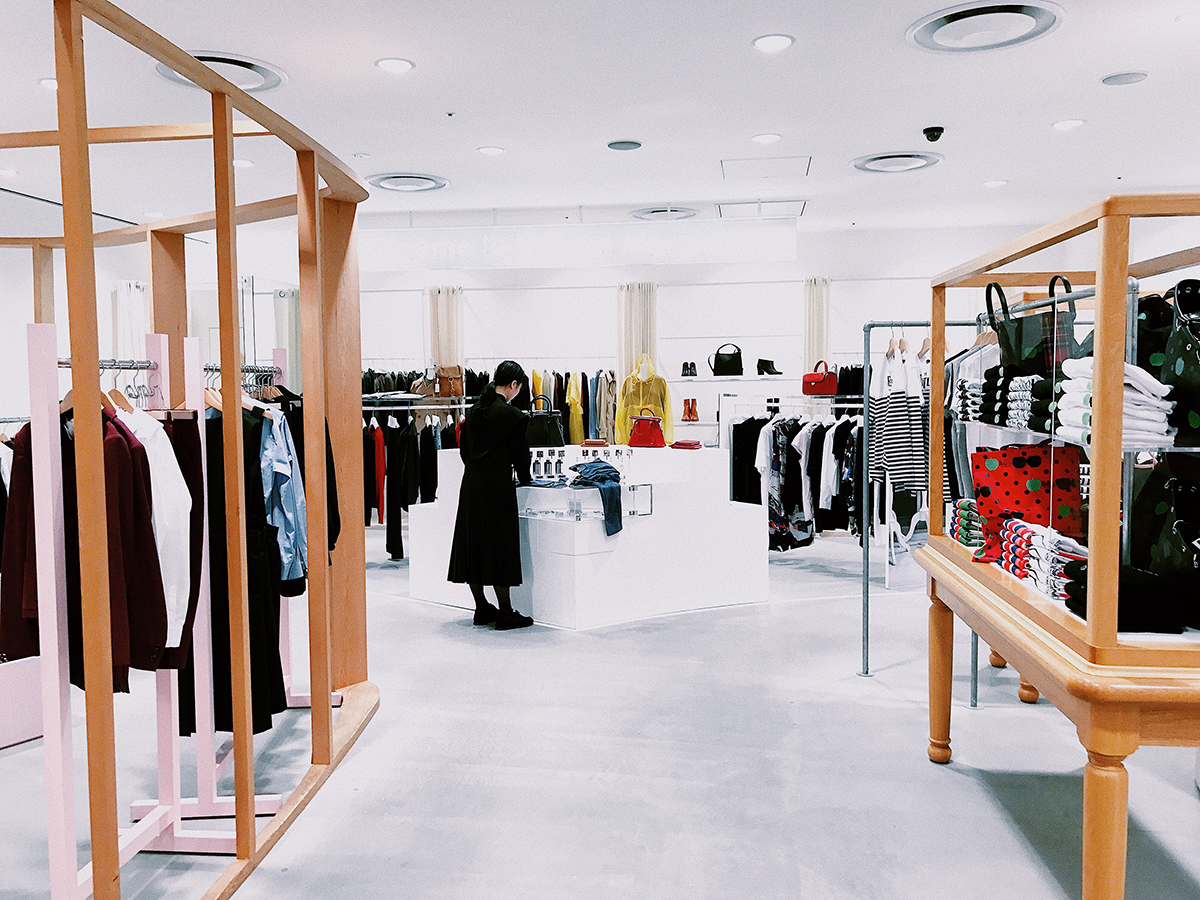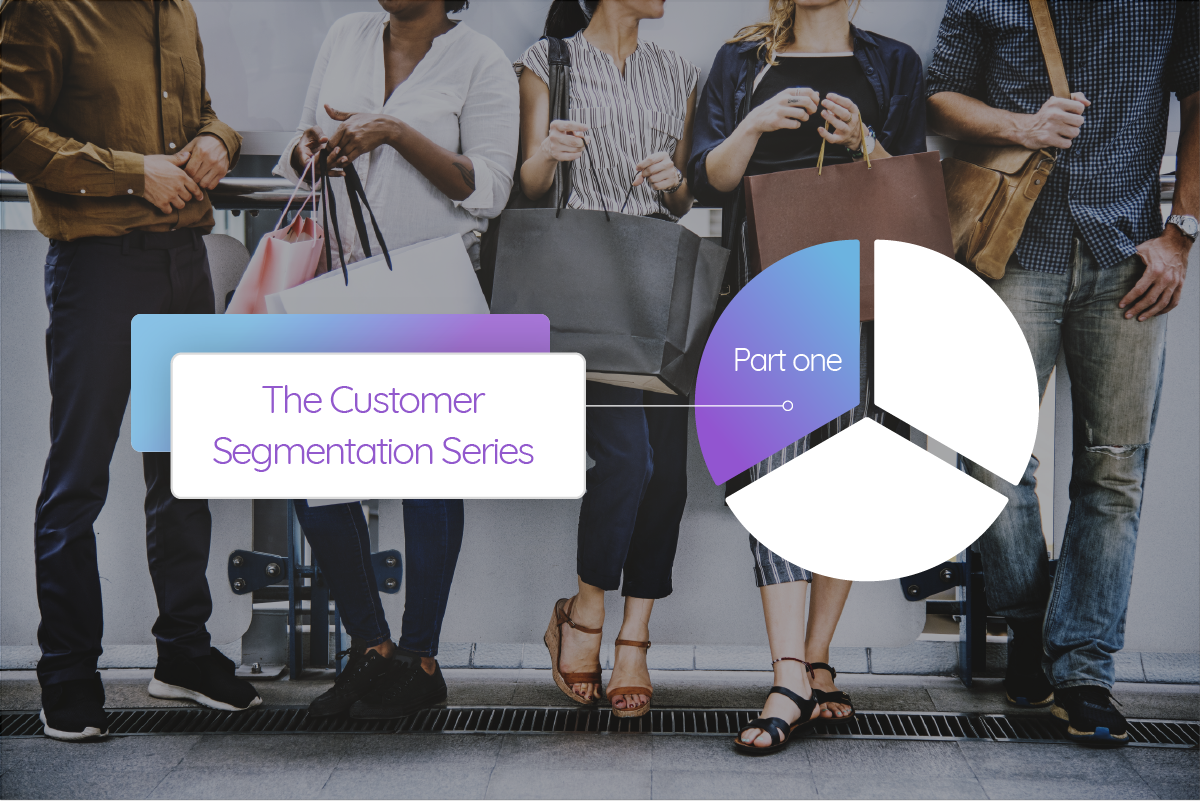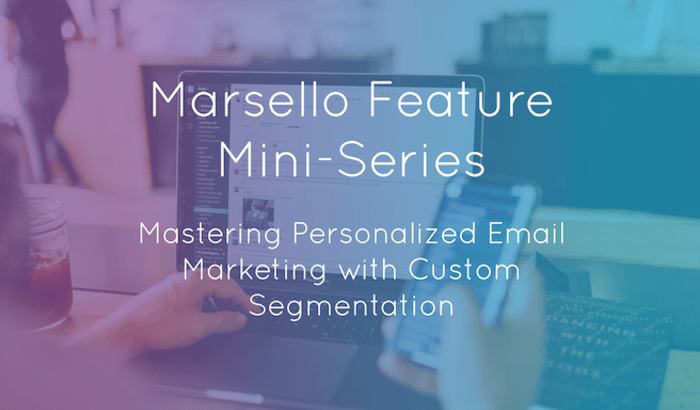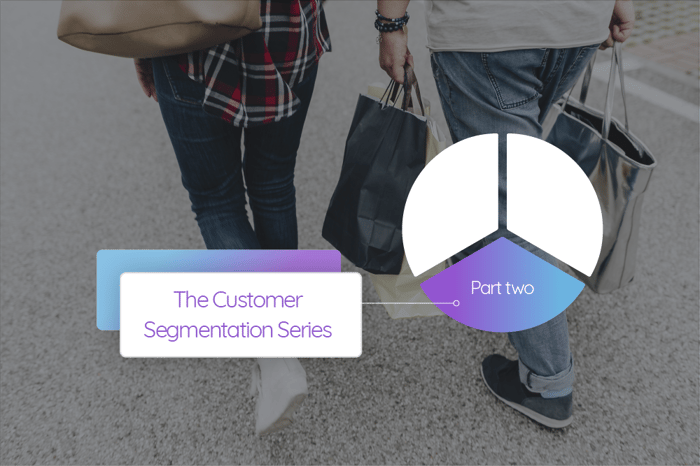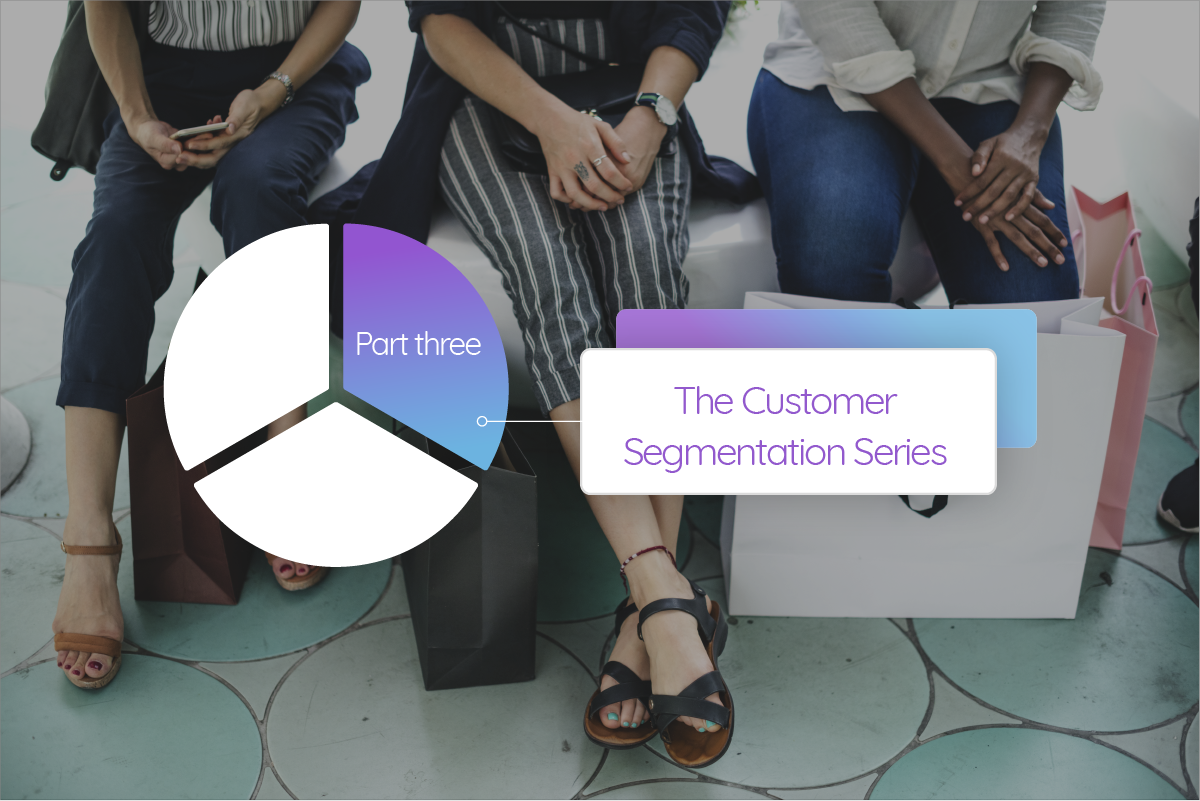
Customer Segmentation Series Part 3: Acquisition Marketing
Written by Sophie Macdonald | ReadTable of Contents
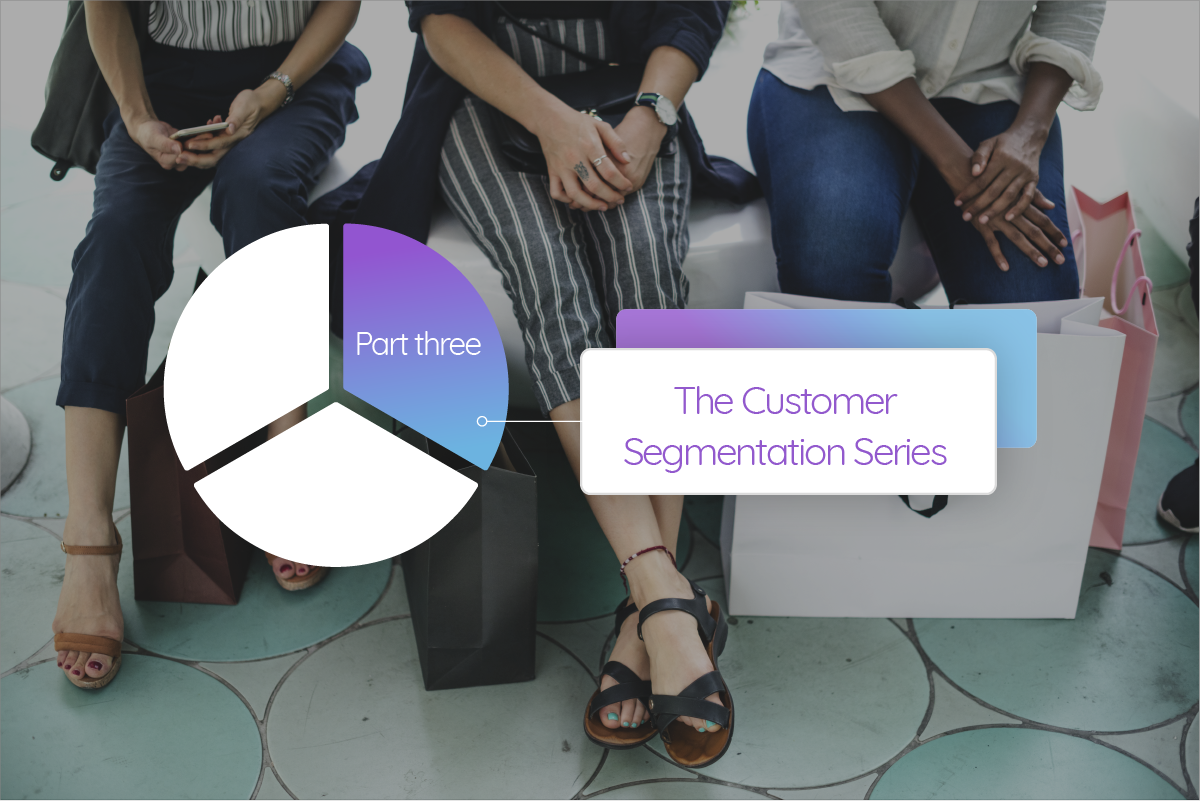
So you’ve mastered your understanding of your customer segments and now you want to apply that knowledge to your marketing. Welcome to part three, the final instalment of our customer segmentation series. In this blog, we’ll be looking into using segmentation to get the most out of your acquisition marketing while also considering short-term and long-term marketing strategies and real examples from successful businesses.
What is acquisition marketing and how does customer segmentation help with that?
Before we get started, let’s cover the basics of what acquisition marketing is, and why it’s important to any merchant's business.
The core goal of acquisition marketing is attracting new customers who have never shopped with you before. But beyond converting your customers, you want to retain those customers once they’ve made their first purchase (see part two of this blog series) and convert them into loyal customers that shop frequently with you.
It’s no secret, however, that acquiring a new customer is costly – up to 25 times as expensive, depending on what industry you’re in. It’s important that you know where to put your marketing budget and how much of that should go into your acquisition efforts – it’s a balance that can take a little testing to get right. Your budget distribution will heavily depend on where your business is in its journey, e.g. if you have no customers at all yet, then an acquisition-heavy focus makes sense. Just keep in mind that you want those new customers to keep coming back – retention. Essentially, you want to know what your budget should be when it comes to marketing to potential customers. Insert the Customer Acquisition Cost (CAC) equation:
Marketing Costs ÷ Customers Acquired = Customer Acquisition Cost
To put it simply, if you spend $100 on your marketing in a month and acquire 100 customers during that time period, your CAC would be $1. As this example suggests, the CAC is usually used with reference to a specific marketing project for a certain time period. Keep in mind that CAC is fickle and should be taken with a grain of salt! Here are some quick steps on how you can decrease your CAC without enormous effort:
-
Ensure your website is conversion-friendly. Think mobile compatibility, user experience, clear product listings that make use of relevant keywords, and high-quality product photography. You want to make it easy for your customers (new and loyal) to navigate to and through your site, and to make purchases with you. They should be able to easily search for the products they’re looking for, while also navigating past products they may potentially be interested in – clever product segmentation is a very useful tool in getting your customers to make the most of your store.
-
Boost the value of your current customers. This means working on moving your customers to more desirable segments and increasing the Return on Investment (ROI) that you get from your marketing. Make sure to check out Part Two of this series in which we look at retention marketing with customer segmentation.
To make a profit on your marketing, your monetary output needs to be less than what you receive back. In the case of acquisition, the value of your new customers must be more than the amount that you put into acquiring that customer. Using customer segmentation to understand who your most reliable customers are, and then using that knowledge to target customers like them (think lookalike audiences with exported CSVs and negative audiences – more on this later) is how you can be sure that your marketing is reaching customers who will most likely become loyal shoppers.
Check out this blog by Shopify to get an idea of ways that you can increase your conversion rates with ease.

What do customer segmentation and acquisition marketing look like?
A recent CMO survey found that 44% of marketers use customer segmentation to develop their acquisition marketing strategy.
Making the most of customer segmentation (see part 1 of this blog series and our Customer Segmentation Guide to get started) plays directly into your acquisition marketing. It’s simple; understanding your best, most loyal customers gives you a clear understanding of who they are and what they like. You then have the power to use this information to target customers like them.
As Hackernoon states, the communication in your acquisition marketing strategy needs to be informative: “At this stage, they would prefer to learn about the solutions to their problems. In later stages, you may need to talk about other related products in your communication.”
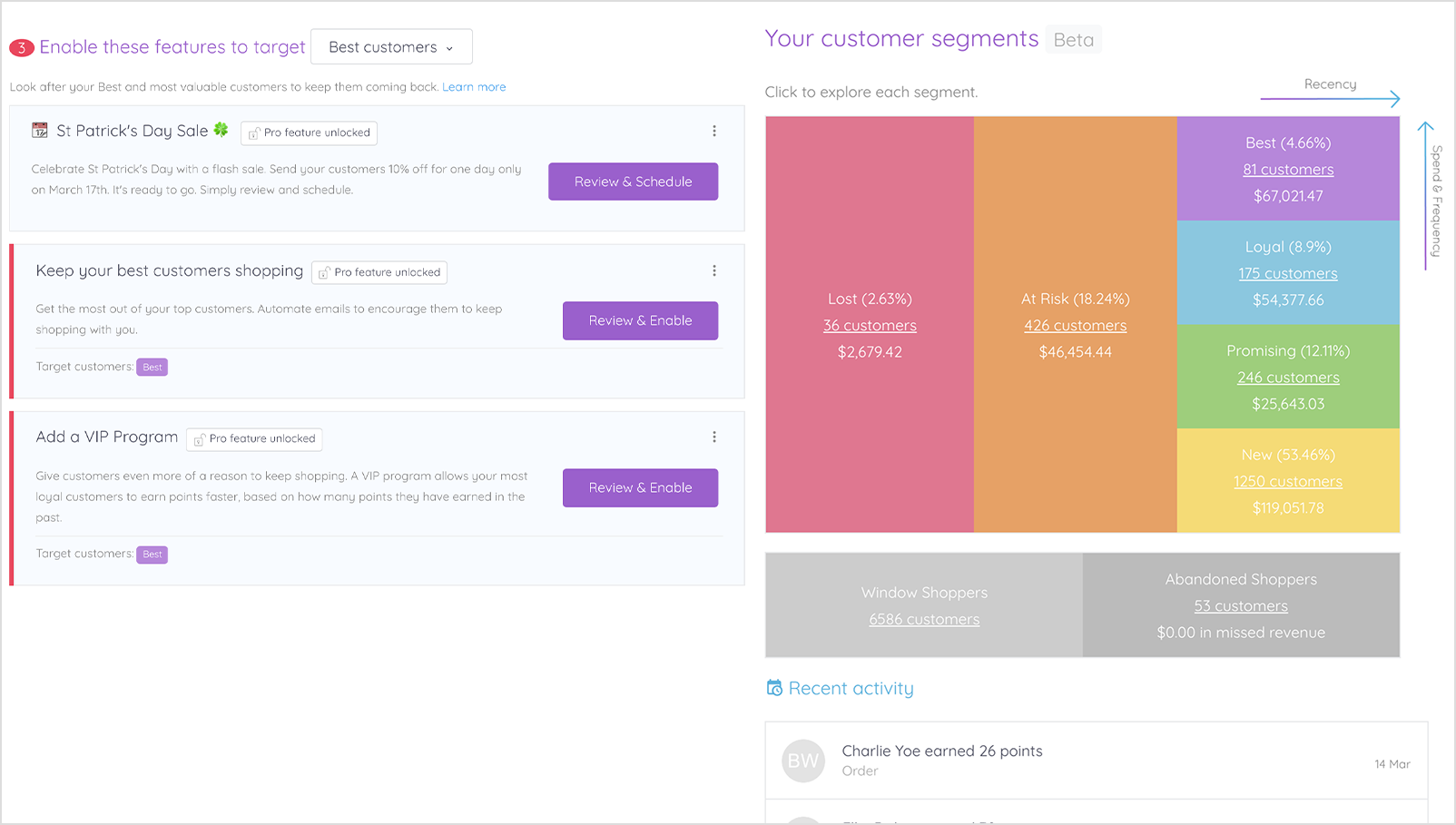
Establishing a useful and easily understood blog, maintaining your content SEO (including your product listings), and ensuring for top-quality user experience, no matter what device your website is being viewed on, goes a long way in helping you to attract new customers. If you’re unsure about SEO marketing, make sure to check out our recent blog series. What you need to remember is that if your SEO is top-notch, search engines will prioritize you as a search result and your store will be more and more visible to more and more customers.
Let’s drill down on this a bit and look at content marketing as a way to attract customers organically.
Step one is to get started by creating a blog post closely related to your store, products, or even your processes. For ideas on what your posts could be about, check out blogs from your competitors and influencers in your industry. It could be something as simple as “10 styles that we love this summer” if you’re a fashion-based retailer.
Then, start to share your blog. Create social media posts that link to it, share the posts among community groups you think the blog may help and don’t forget to include keywords in the blog copy and in your post. Just be careful not to flood your work with keywords. If you’re incorporating the words that customers are likely to associate with your store, the chances of your store appearing in the search results for those words is amplified, but overdoing it could actually hurt your SEO. Tools such as the Chrome Add-on ‘Keywords Everywhere’ can be a really useful free tool here. And it doesn’t always have to be the newest, freshest, most thought-provoking content to make an impact. Check out this quick guide by Aleyda Solis on repurposing content to keep it fresh with minimal effort.
And don’t lose heart. Content marketing can be a slow burn and sometimes you may not see results immediately. Even though it can seem like your blog and content may not be relating directly to conversions, remember that it’s intertwined in your brand and business visibility. The more valuable content that you publish, and the more you can get your store linked to on other websites (with the more traffic the better), the more search engines ‘like’ the look of your website and are likely to boost it in the search results. The reason this takes a while is that you’re competing with all the similar content out there and it can take a little while for the search engine to take notice. Keep at it and you’ll start to notice more and more readers, a percentage of whom will eventually convert to loyal customers.

Customer Experience
Make your products and your brand so appealing, informative, and industry-leading that new customers can’t help but peruse your products – and you should try to do this for as little cost as possible because, well, you can! It makes sense then that your customers’ experience of your store should be A-class. Whether your business is brick-and-mortar, online, or both, it’s imperative that your new and existing customers have such a pleasant experience shopping with you that they’re inclined to shop again. Pay attention to your customer service practices and overhaul them – check out this blog by Vend to get some ideas on where to start.
Here are a few ideas to consider too:
Offer tracking for shipped items:
Apps like AfterShip offer easy shipping tracking for your customers post-purchase. These offer them peace of mind once they’ve spent money with your store, particularly if the item is being shipped from another country or state. Your customers are easily able to check on the status of their parcel with the click of a button and they can rest assured knowing that if there are any issues, they are able to let you know in good time. This also gives you a golden opportunity to tackle any customer service questions by creating a clear path of conversation for your customers. If in-store customers are requesting shipping and it’s within scope for you, imagine how thrilled they’ll be to hear the answer is yes, they can have that beautiful item delivered to their door. Now imagine their gratitude when you get in touch with them again to supply a shipment tracking number, simply remind yourself of their details and let them know when their package has been sent.
Approach with influencers:
Influencers from your industry and similar industries are leading faces of the market. Customers trust their suggestions and even sometimes avidly wait for their favorite influencers to discuss more products. This doesn’t have to be sneaky product placement; think about how great the PR is for a well-known social media personality to openly say they love your product. Often, all it takes is getting in contact with the influencer or their agent, striking up an agreement (X amount of free items for X in return – usually photos/videos/content and a personal recommendation if they like the product). Once you’re all agreed on a contract and have the necessary details lined up, simply send out the products. Remember it’s important to establish an expected timeline for the influencer’s marketing, and often it’s a good idea to line these up with product releases or new stock.
Consider the unboxing trend:
There’s a reason influencers and customers are videoing themselves opening products from their favorite stores and sharing these online. It’s a recognized and effective form of sharing their experience and when it’s really positive, it’s only natural for your customers to want others to know. Including a hand-written note and a sample product could be perfect, particularly if you use loyalty tiers and your customers have reached a new tier. It’s also a great way to welcome new customers to your store after their first purchase. A small prompt for an unboxing on the packaging and an additional mention of your social media handles could be just the ticket to getting your customers to share (and rave about) their experience. Just remember to keep it within the possible bounds of your business. If a short thank you note and some simple but aesthetic eco-packaging are more your style and more aligned to your brand, that’s great! Keeping it within your budget is the key to success.

Using Marsello’s segmentation to inform your paid marketing
The most effective acquisition marketing that you’ll get from your Marsello product is invaluable – it’s an in-depth understanding of your current customers and their shopping patterns. By using your segmentation data to get detailed customer insights, you’re able to create audiences of potential customers who have similar tastes, style,s and shopping patterns.
The basic steps are reasonably simple:
-
Download your most desired segments as CSVs (likely best/loyal customers)
-
Add this CSV to your social media business account as an audience
-
Select ‘create lookalike audience’ to create a selection of users that share similar characteristics to your original segment
-
Just remember to exclude the original CSV group from the lookalike audience when building a new campaign, and your marketing is set to reach a wide range of customers similar to your most loyal, without you having to pay for your current customers clicking and blowing your acquisition budget.
Remember that social media and paid advertising are complicated beasts, but understanding your audiences and who you’re targeting can set you apart. This also works best if you have an audience of over 1000 customers, otherwise, you may find that your marketing doesn’t deliver as your social media channel deems the audience too small.
Why not start with something proven? Acquisition marketing can tie in and be linked to your retention marketing. Using tactics like customer referrals and reviews incentives are sometimes the difference between a sale and not. Email and loyalty apps, like Marsello, offer pre-designed, optimized emails that are automated to send to your customers at different stages of their customer lifecycle.

Final words
Acquisition marketing is a fine art made up of knowing who your customers are, attracting the right customer based on your previous knowledge, and then making sure your acquisition efforts flow into your retention efforts – you want those ideal customers you’ve gone to so much trouble attracting to keep coming back. And with indicators like customer segments, Customer Acquisition Cost (CAC), and Return on Investment (ROI), you’re already way ahead of the game.
Just remember that whatever marketing efforts you put in place, keep testing them. If you use a lookalike audience from 6 months ago, but your products have changed completely then the profiles of your ‘best’ and ‘loyal’ customers will have also changed. Using old customer data would therefore not be as likely to appeal to your new potential customers.
Start with the basics and work your way up. With eCommerce, ensure that you have your product listings nailed, keywords carefully added without flooding your content, and product photos crisp, while referring to our SEO series to make sure you’re nailing this. Your customer’s experience of your online store, regardless of the device they’re using, should be free-flowing and simple. Buying from your online store should feel like an enjoyable experience from their first-page view right down to the customer receiving their package on time.
If your business is mostly or entirely brick-and-mortar, the basics are the same! You want your potential customer to have a peaceful, enjoyable, informed, and encouraging experience in your store and you want that potential customer to make a purchase. Don’t fall into any traps on inundating your customer with too many products and eye-catching things. Start with researching physical product placement within stores like yours to see if there are perhaps patterns you should be following.
And remember, anything to do with SEO, content marketing, and subtle prompts can sometimes take a very long time to get off the ground. Be patient and experiment with what works best for your brand.
